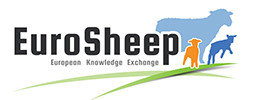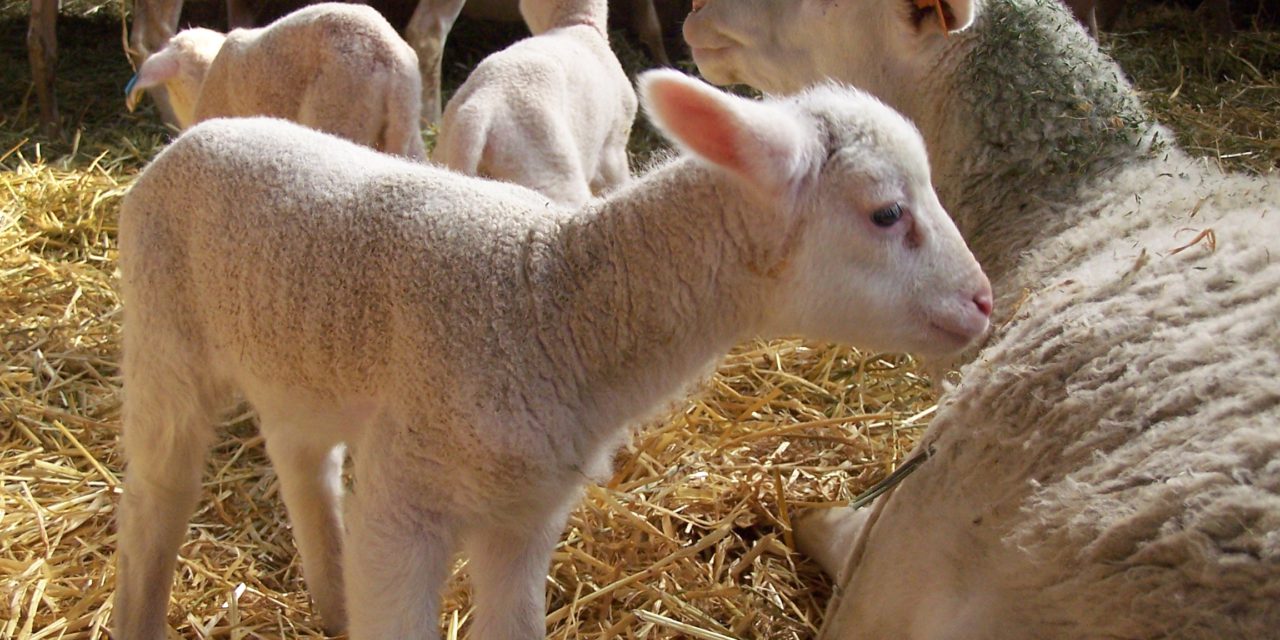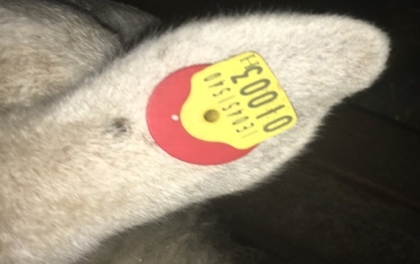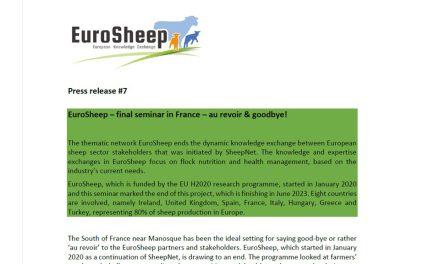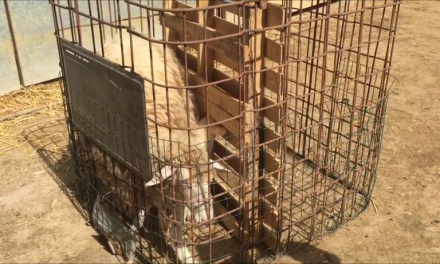This post is also available in:
![]()
![]()
![]()
![]()
![]()
![]()
Better control of contagious ecthyma/orf
Solution name: Better control of contagious ecthyma/orf
Aim: Implement a vaccination plan and culling (the) chronic carriers to control contagious ecthyma/orf
Description:
Combining several measures to ensure the efficiency of a strategy
How to implement it:
Vaccination:
Aim: stimulating ewes’ active immunity to limit clinical expression and transmission of disease to the lamb; stimulating the lambs’ active immunity
Vaccine (Ecthybel®) is injected subcutaneously (1 ml dose) or intradermally (with Dermojet: 1 dose of 0.2 ml). Intradermal inoculation is the preferred method as it offers faster recovery rates. Several vaccination strategies exist
- Preventive vaccination: ewes are vaccinated 3-4 weeks prior to lambing. The subsequent acquired immunity is short-lived and the chances of transmitting it through colostral antibodies are low.
- Therapeutic vaccination: as soon as the first symptoms appear (do not wait for an outbreak):
- Vaccination of all ewes. A 2nd injection may be necessary if the symptoms do not disappear (10 days after the 1st injection). Booster doses should be injected every month and a half (at the very least every two months) during periods of risk.
- Lambs born from non-vaccinated females: vaccination as soon as they turn 15 days old
The vaccine-induced immunity is short-lived (1 to 2 months), hence why boosters are needed every 1/2 months or 2 months during periods of risk. The existence of several viral strains causes an issue for the immune response to the vaccine, as it is not 100% efficient on all (of these) strains.
Culling of ewes
Aim: removal of chronic carriersImplementation: ewes suffering from ecthyma-related persistent lesions or scars, especially on the udders, should be given a distinctive mark, before being isolated and culled. Do not put them back for reproduction
The control of ecthyma also requires prophylactic health control measures
- Annual disinfection of the fold,
- Disinfection of bedding material (spreading of superphosphates),
- To reduce oral lesions among lambs, remove prickly plants (thistles, branches) from their food as it likely to hurt them – this is often the first entry point of the virus.
- Compliance with external and internal rules relating to biosecurity (quarantine before bringing in new animals, disinfection of the farm and shearing)
Topic: Health
Production: Dairy / Meat
Animal Category: Adult / Lamb
Issue: Sores and blisters on the lips, nose, ears and/or eyelids – (e.g. Echtyma, Orf…)
Level of Solution: Practical
Country: France
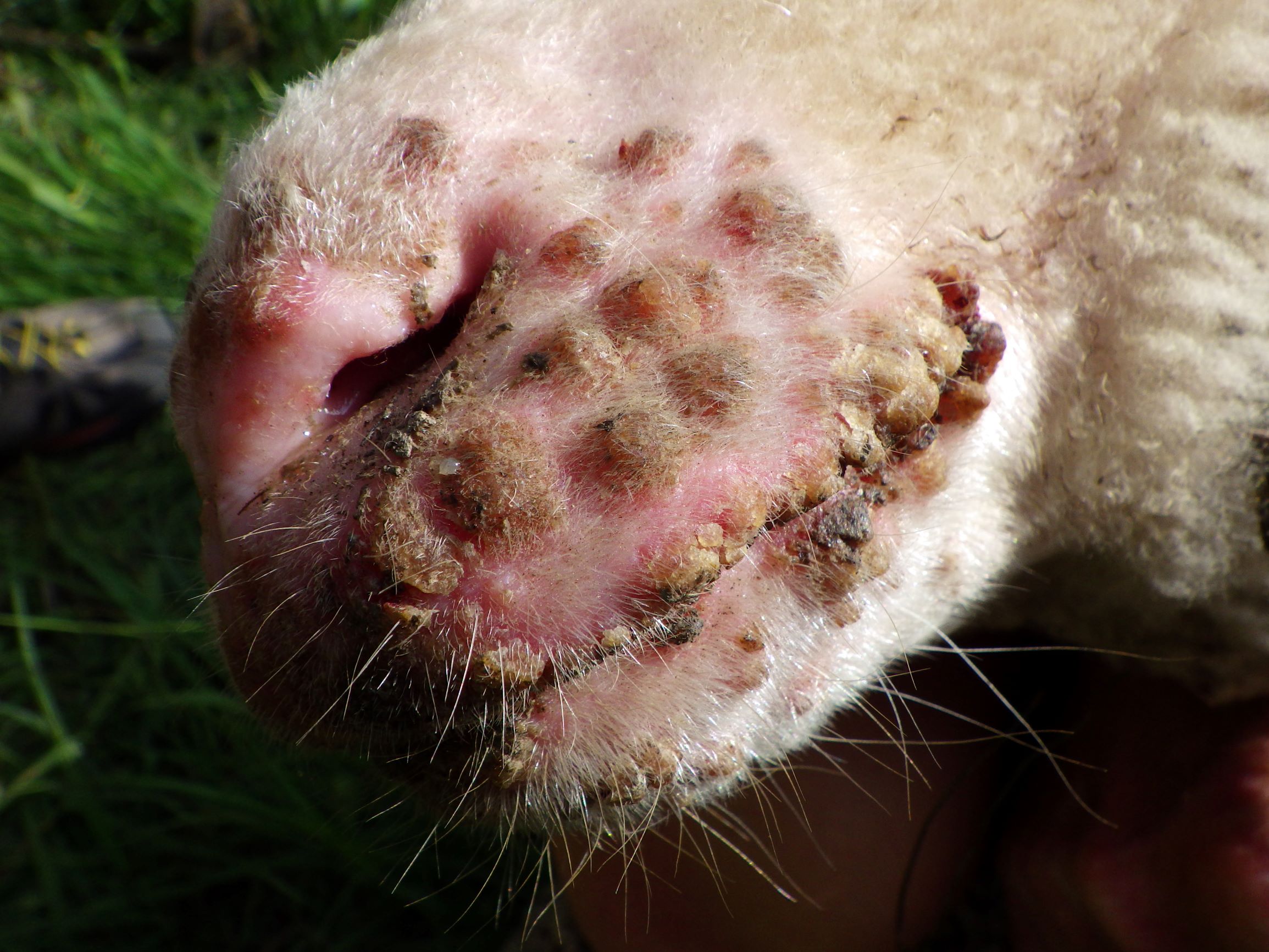
Expected benefits
Minimise losses due to contagious ecthyma among lambs and mammary forms of the disease among ewes.
Prerequisites and/or limits
The vaccination schedule must be rigorously followed
